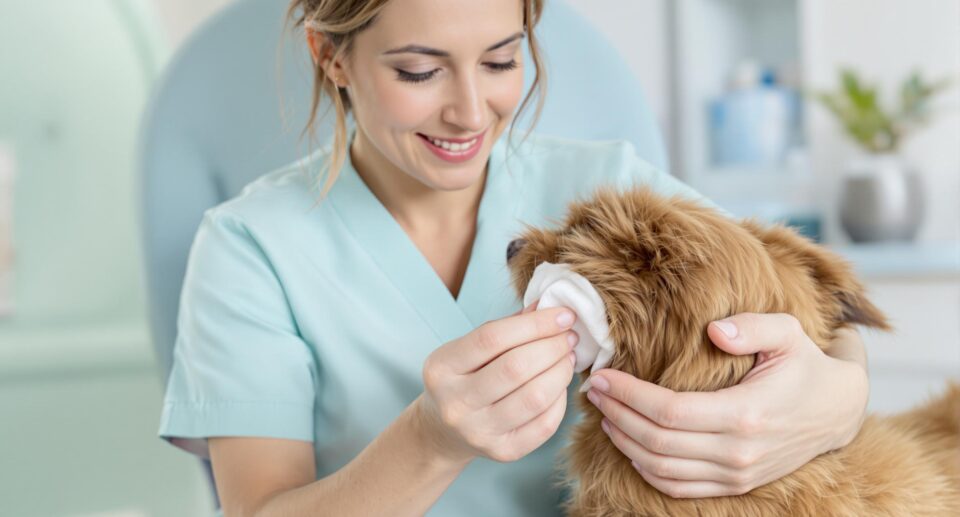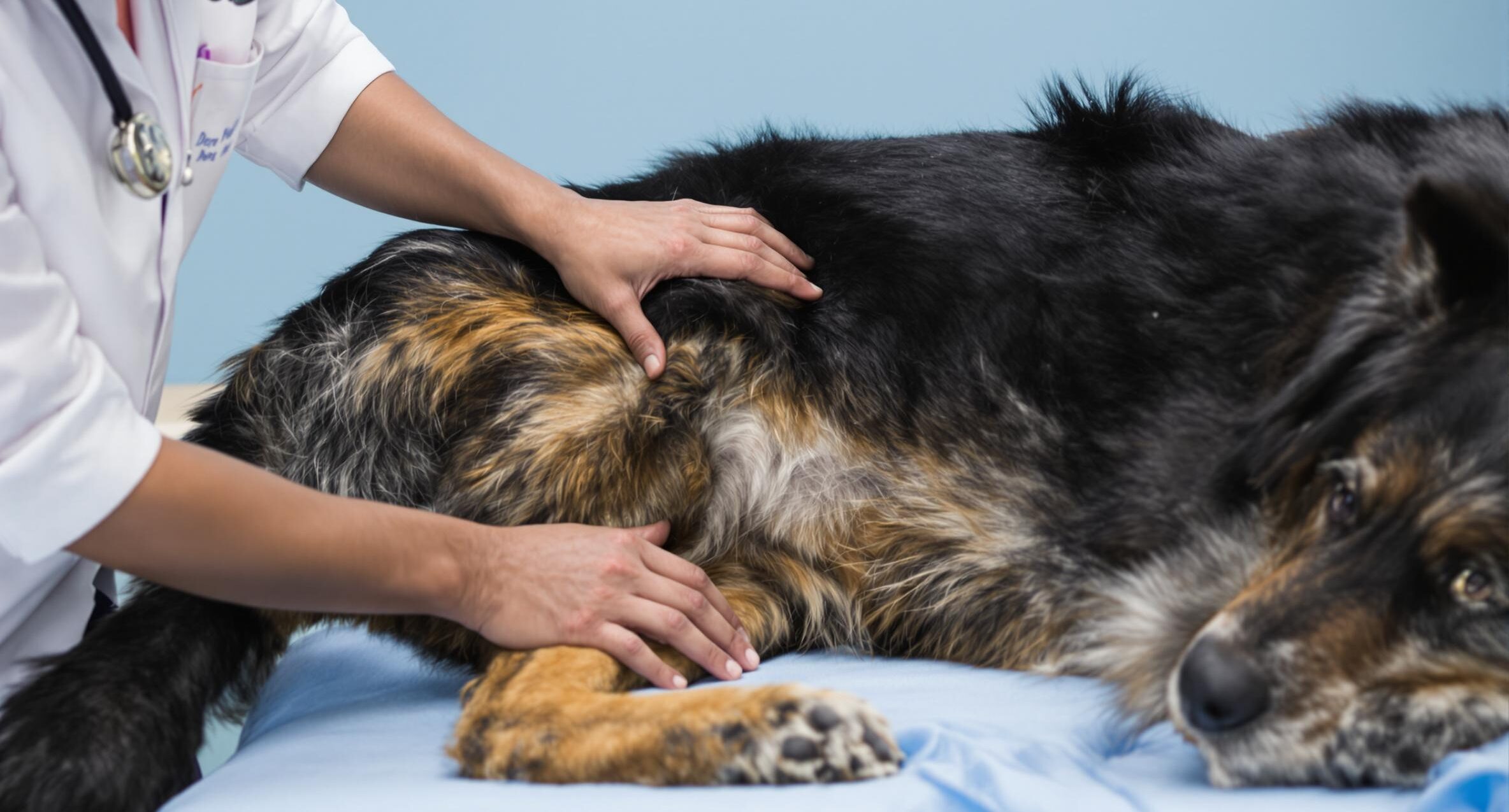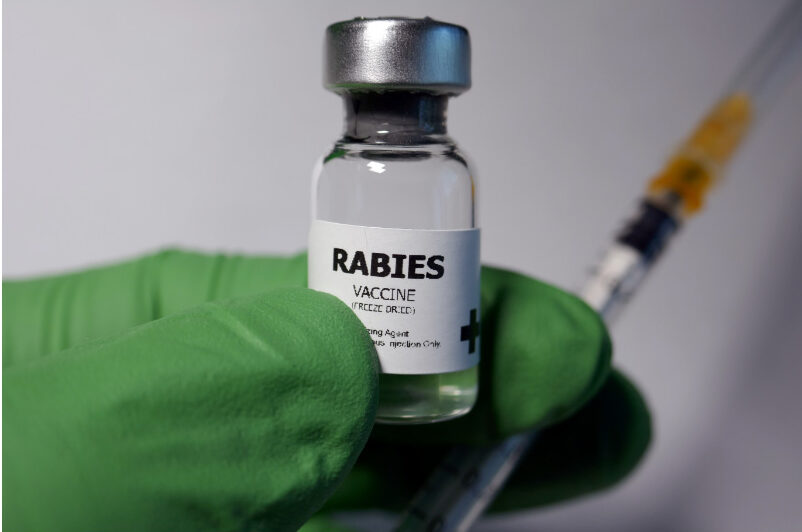
Key takeaways
- Approaching medication time with understanding and positive reinforcement can transform it into a stress-free experience and strengthen the bond with your pet.
- Creative methods such as pill pockets, engaging treat trails, and the three-treat technique can encourage dogs to take their medication.
- Consistency and a calm demeanor are crucial. Maintaining a routine and trusting atmosphere can make medication administration a natural part of daily pet care.
Why dogs may refuse pills
If you are wondering why your dog will not take pills, the answer often lies in their sensitive sense of taste and smell. Dogs possess an acute ability to detect unfamiliar substances in their food, making them naturally cautious about medications. While pharmaceutical companies work to make medicines more palatable, many dogs can still detect bitter flavors or unusual scents that humans might miss.
Your dog’s previous encounters with medication can significantly influence their behavior. Many observant dogs develop strategies to avoid taking pills. Some may hide them behind furniture or carefully spit them out when you are not looking. Others become skilled at detecting medicine hidden in their favorite treats, making traditional concealment methods less effective over time.
Dogs respond to medication time based on their immediate feelings and past experiences. They cannot understand that medicine will help them feel better, which makes their hesitation natural. Custom-formulated options like compounded medications can help bridge this gap by creating more appealing flavors.
Understanding these challenges opens the door to finding effective solutions that work for both you and your dog.

Creative ways to give dogs pills
Discovering creative ways to give dogs pills can feel like a daily challenge. Every dog is different, and finding the right approach takes patience and love.
Start with specially designed pill pockets or soft treats like xylitol-free peanut butter or cheese. Mold the treat around the pill, making sure it is completely hidden. For larger pills, break them into smaller pieces if your veterinarian approves.
Create an engaging treat trail experience by placing a few regular treats leading to the medicated treat. This builds positive associations and makes medication time something to look forward to. Always supervise to ensure the pill is taken.
Try the proven three treat technique by offering a regular treat, followed by the medicated treat, then immediately giving another regular treat.
Transform mealtime into a treasure hunt by mixing a single pill containing a treat into a small portion of food in a slow feeder bowl. This method works best for medications that can be taken with food.
When standard methods are not working, experiment with different textures and temperatures. Some dogs prefer warmed treats or varied consistencies, but always verify with your veterinarian that temperature will not affect the medication.
Direct method for giving a dog a pill without food
Sometimes, treats are not an option when giving medication, and the direct approach can be just as gentle and effective.
Start by having your dog sit next to you in a relaxed position. Speak softly and pet them gently to help you both feel at ease. Gently cup your dog’s mouth with one hand, placing your thumb and index finger on opposite sides. Apply light pressure to the upper lip so it naturally opens their mouth.
With your free hand, hold the pill and place it on the back third of their tongue, avoiding pushing too far back. Close their mouth softly while keeping their head level or slightly raised. Gently stroke their throat or give a light puff of air on their nose to encourage swallowing.
Watch closely to make sure they have swallowed the pill. Celebrate success with praise, pets, or a favorite activity. If you have a short-nosed breed, check with your veterinarian for specific techniques.

Common questions about giving dogs pills
How can I tell if my dog has swallowed the pill?
Watch your dog’s throat for a swallowing motion. Some dogs lick their lips or make a slight gulping sound. Offer water and gently stroke their throat to help the process.
What signs show my dog may be having trouble with medication?
Watch for changes in appetite, energy levels, or digestive upset. Noting when symptoms appear helps your veterinary team provide guidance.
When should I contact my veterinarian?
Reach out if your dog experiences breathing difficulties, repeated vomiting, concerning fatigue, or unusual behaviors.
Make medication time a positive part of your pet’s day
Helping your dog take medication does not have to be a struggle. With patience, creativity, and calm energy, you can turn this daily task into a moment of connection. Whether you are using treat-based methods or a gentle hands-on technique, the key is consistency and trust.
If you need supplies to make medication time easier, PetMeds offers a variety of dog medications and wellness essentials delivered to your door. Explore our full range of dog pharmacy products to support your pet’s health.





